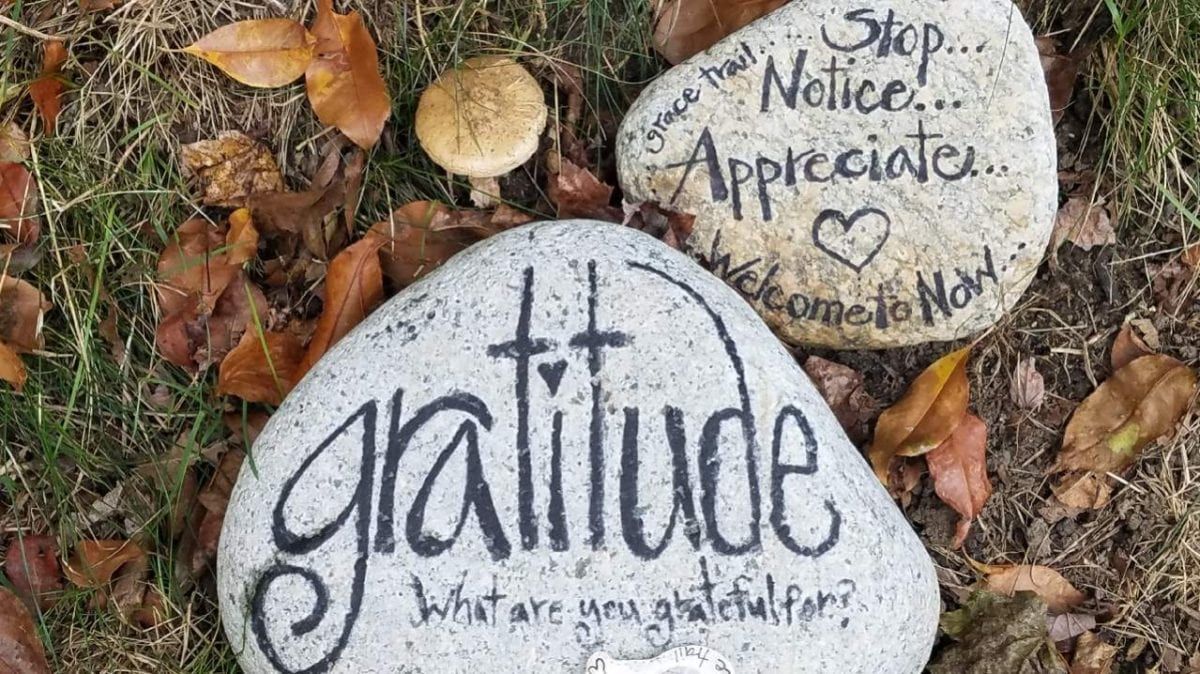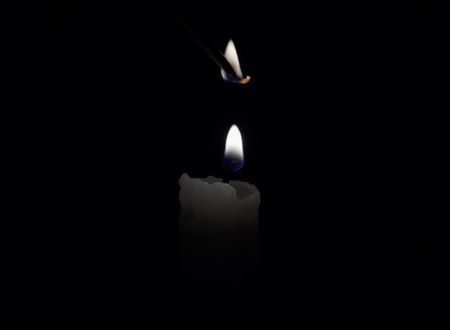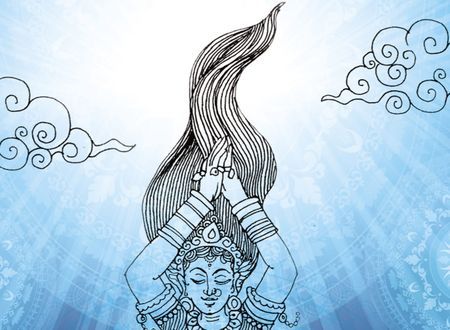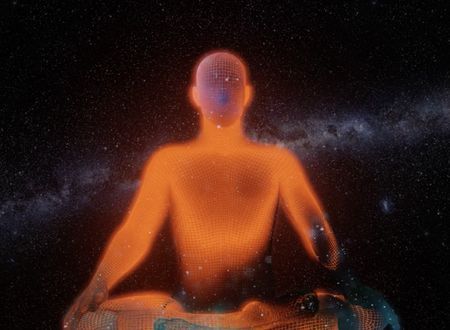We were effectively in Badrika Ashram the moment we stepped outside my sister-in-law’s home in Bengaluru. The taxi driver who took us to the airport is an enlightened being. He is one of the very few people I know who is comfortable with his life. He was full of humor and joy during the taxi ride; he told us about his family: he had a wife and two kids. Jokingly, he told us he wished it was the other way around.
He owned his own taxi and this gave him a comfortable living. He didn’t want anything more because, he thought, ambition destroys happiness. He preferred to live in the present without worrying about the future, or the past. He wasn’t too educated, but he gave us real life lessons.
A few hours later, my wife and I were in Chandigarh, checking in to our hotel. Like all good travellers, we started foraging for our evening meal almost immediately. When we browsed the internet looking for options one name stood out above the rest: Black Lotus restaurant. The name itself seemed a sign from above; after all, Om Swami ji had created the Black Lotus app.
It was an excellent choice. We ate the best vegetarian Chinese food of our life. Minus the onions and the garlic, it was very close to sattvic food. It seems Bhadrika Ashram was right with us, even in Chandigarh.
We did go out to a nearby market, just to see the place. On the way back, we took an auto-rickshaw for the five minute ride to our hotel. When it was time to pay the driver he simply asked us to pay whatever we liked. This driver, again, was a spiritual person, not at all greedy for money.
We left very early the next morning for the ashram. The taxi driver, Pushpendra, was a god- send, a very gentle soul. He was a vegetarian and a non-drinker, he said he did not like killing even insects. If there was a snake in his village, others would rush to kill it; he would rush to protect it. He drank only river water; he said bottled water made his stomach hurt. Maybe, it was his gentle commentary on our pampered life style.
The first few hours of our taxi ride to the ashram were a breeze. We effortlessly drove past Kalka and Solan on a beautiful paved highway.
The real tapasya started during the last 12 kilometres of the journey. The paved road disappeared, replaced by a narrow dirt track by the side of the mountain, with barely enough space for a car to travel in one direction. At times, there was incoming traffic from the other side. One of us had to reverse on the curved mountain road, and most of the time it was Pushpendra. At one point, he reversed for a few hundred metres, until he found a spot wide enough for two cars to pass.
My wife was a nervous wreck by this time; I tried to keep myself busy taking pictures. My only thought was that if Pushpendra could survive this road trip every day, so could we.
Looking at the bright side, these were perfect conditions for prayer, Sadhana and meditation. We prayed with a rare intensity, not found in normal times.
After this tapasya, the ashram itself was a slice of paradise. Sushree Om ji at the front office helped us complete all the formalities and we became friends as though we had known each other for a long time. This is the power of the Ashram surroundings.
We got a lovely room on the second floor, with all modern amenities. The view of the giri ganga river was another glimpse of paradise. We forgot the troubles of our aging, aching bodies and walked down to the river on a steep incline. About mid-way down the path, we saw a beautiful mansion. This was Om Swami ji’s abode. We even saw his room, he was busy doing something on a huge TV screen; we didn’t actually see him there, but my wife sensed a beautiful fragrance emanating from that area.
The food at the ashram was wonderful. It was simple dal roti and vegetables most of the time, but cooked fresh and made with a lot of love. If you wanted to spice it up a bit, there was a large variety of pickles at hand. The fresh vegetables had their own flavour;they must have been sourced from nearby farms.
We were very blessed to meet Om Swami ji’s mother, affectionately known as Matarani. She was present at every meal and, since there were not too many people around, we had ample opportunities to talk to her. She gave us many insights about Om Swami ji including this gem:
Voh to bachpan se aisehi thei . Baad me logon ko dikhane ke liye unhone gerua vastra dharan kar liya.
“He was like this from childhood. He just put on ascetic clothes later for the sake of others.”
We even discussed our personal issues with Matarani,and she listened very lovingly. She gave us excellent advice, as well as some special mantras to help us.
We met another Swami ji who had been with Om Swami ji during his Sadhana in the Himalayas. He gave us lots of personal details about this phase of Om Swami ji’s life.
The ashram library was in a class by itself. It was an area of deep tranquility, within a sea of deep tranquility. I had time to read portions of only one or two books, including “Many lives, many loves”. This book offers deep insights into the concept of re-incarnation. My big take away from this book: whatever we do unto others will be done to us in a future birth. To me, this is the essence of the concept of re-incarnation.
The day we came to the ashram, I had put in a request for “darshan” of Om Swami ji. It was a difficult request, as we had not come on an event day. Living in Canada, it is hard to plan out such things, to make the bookings in time, and to synchronize this with other family activities.
However, Om Swami ji did not disappoint us.
On the last day of our stay, we gathered for the evening arati. At the end of the program, my wife spotted a robed figure walking rapidly out of the Hari temple. She shouted Om Swami, I looked up and saw him. Others started following him, but he walked away very quickly into the darkness. Such is the Leela of Om Swami ji.
After a four-day stay, we did not want to leave the ashram. It was so beautiful, so serene in the middle of the Himalayan mountain ranges. Also, we dreaded the return trip, especially the 12 km of unpaved road.
We need not have worried at all; the return journey was much better. The road looked less formidable and we left very early in the morning, before there was any incoming traffic. The taxi driver was very experienced as he had been driving on these roads for the last 12 years. He regaled us with more stories about Swamiji and his family. Before we knew it, we were on a paved road going all the way to Chandigarh. We did not have to pray very hard during the return trip.
Our taxi ride from our hotel to the airport was very enjoyable. I think Bhadrika Ashram continued with us, because, this time, our taxi driver was a staunch devotee of Guru Nanak. He gave us valuable lessons about Guru Nanak’s teachings, especially about doing service to others.
All in all, just about everybody we met during this trip was a deep, spiritual person.
What else can we expect from a journey to the abode of Om Swami ji himself?









Comments & Discussion
20 COMMENTS
Please login to read members' comments and participate in the discussion.